The Dawn of Designer Mosquitoes
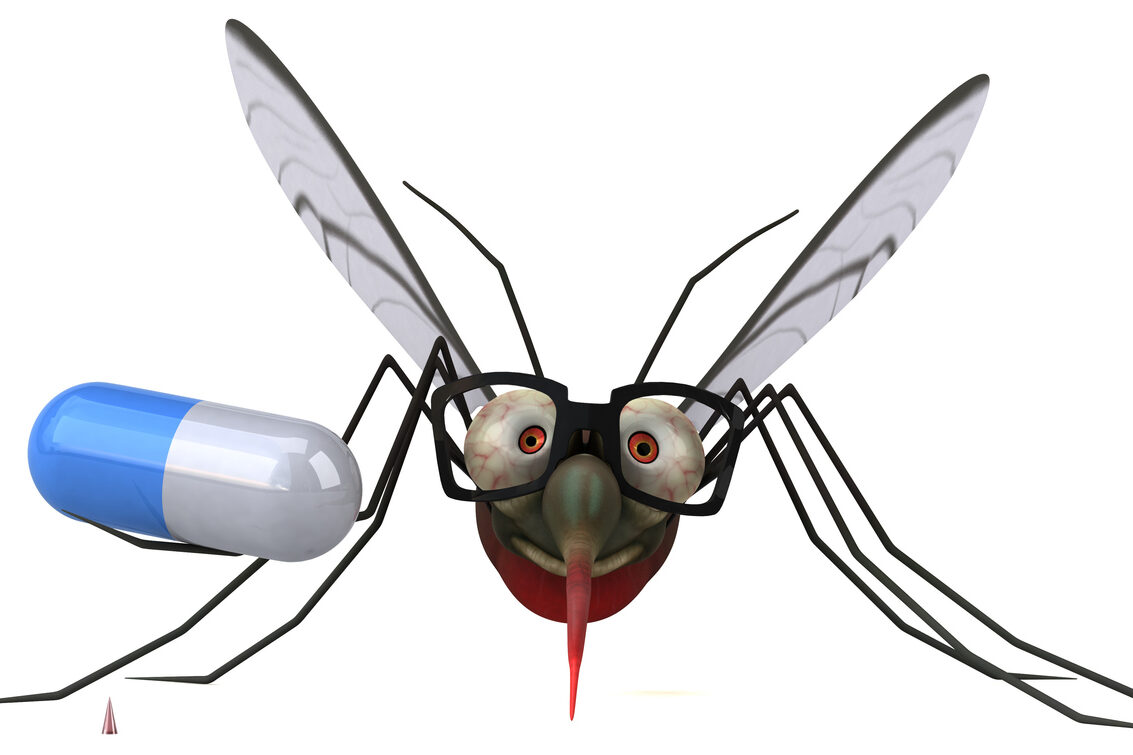
Imagine sitting on your porch during a warm summer evening, not slapping your neck every three seconds because, miraculously, mosquitoes aren’t interested in you anymore. Sounds like a dream, right? Well, thanks to the wonders of genetic engineering, this is becoming a reality in some parts of the world. Scientists have created genetically engineered mosquitoes that are designed to drastically reduce mosquito populations, thereby cutting down the transmission rates of diseases like malaria and dengue fever. These aren’t your everyday mosquitoes; they are mosquitoes with a mission, bred to contain specific genes that either render them sterile or drastically decrease their lifespan.
The first paragraph could elaborate on the excitement and curiosity surrounding the introduction of these engineered mosquitoes into the wild. Imagine communities where the threat of mosquito-borne diseases has loomed large for generations now glimpsing a future with fewer health threats. These genetically altered insects are released into the wild, where they mate, but due to their modified genetics, their offspring either don’t survive to maturity or are unable to reproduce. This method, known as gene drive technology, aims to suppress the mosquito population in a targeted manner, which could reshape entire ecosystems and human health landscapes.
A Buzzworthy Solution to Malaria
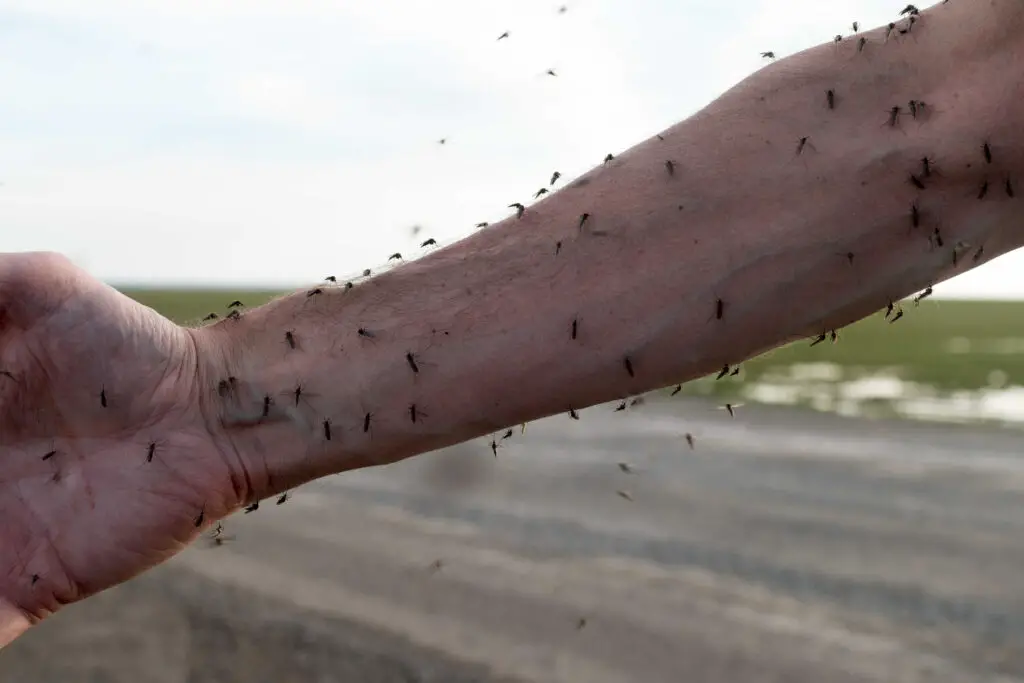
Now, let’s zoom in on malaria, one of the deadliest diseases carried by mosquitoes. Historically, efforts to control malaria have involved everything from insecticides to drug therapies, bed nets to vaccines. But genetically engineered mosquitoes offer a new avenue: they could potentially eliminate or drastically reduce the mosquito populations capable of carrying malaria. This isn’t just about reducing nuisance and discomfort; it’s about saving lives, particularly in tropical regions where malaria is rampant.
Imagine the profound impact this could have in regions like Sub-Saharan Africa, where malaria is a leading cause of death. By integrating genetically engineered mosquitoes into these environments, scientists hope to reduce the incidence of malaria and other mosquito-borne diseases. The change would not just be medical but also economic, as healthier populations are more productive and less burdened by healthcare costs. The emotional narrative here could focus on the hope and relief felt by communities that have been battling malaria for decades, now witnessing a potential end to their struggle thanks to these tiny engineered warriors of the insect world.
Rebalancing the Ecosystem with Precision

Moving beyond human health, let’s consider the broader ecological impacts of deploying genetically engineered mosquitoes. Introducing a new element into the delicate balance of an ecosystem always comes with risks and rewards. These mosquitoes are engineered to reduce their populations, but they’re also part of a larger ecological web. This involves predators who feed on mosquitoes, plants that rely on them for pollination, and other insects that compete with them for resources. The effects of diminishing one species can ripple across the ecosystem, leading to unforeseen changes.
Think about this: as mosquito populations decrease, there might be more food available for other insects, potentially boosting their numbers. This could lead to increased pollination for some plants, or it might mean new challenges for controlling other pest populations. The interactions are complex and the outcomes uncertain, which is why ecological scientists closely monitor these projects. The story here revolves around the careful consideration and ongoing research needed to ensure that these genetic interventions do not disrupt the environment more than they help it. The emotional stakes are high as communities and scientists watch these experiments unfold, hopeful yet cautious about the long-term implications.
Ethical Buzz: Navigating New Territories
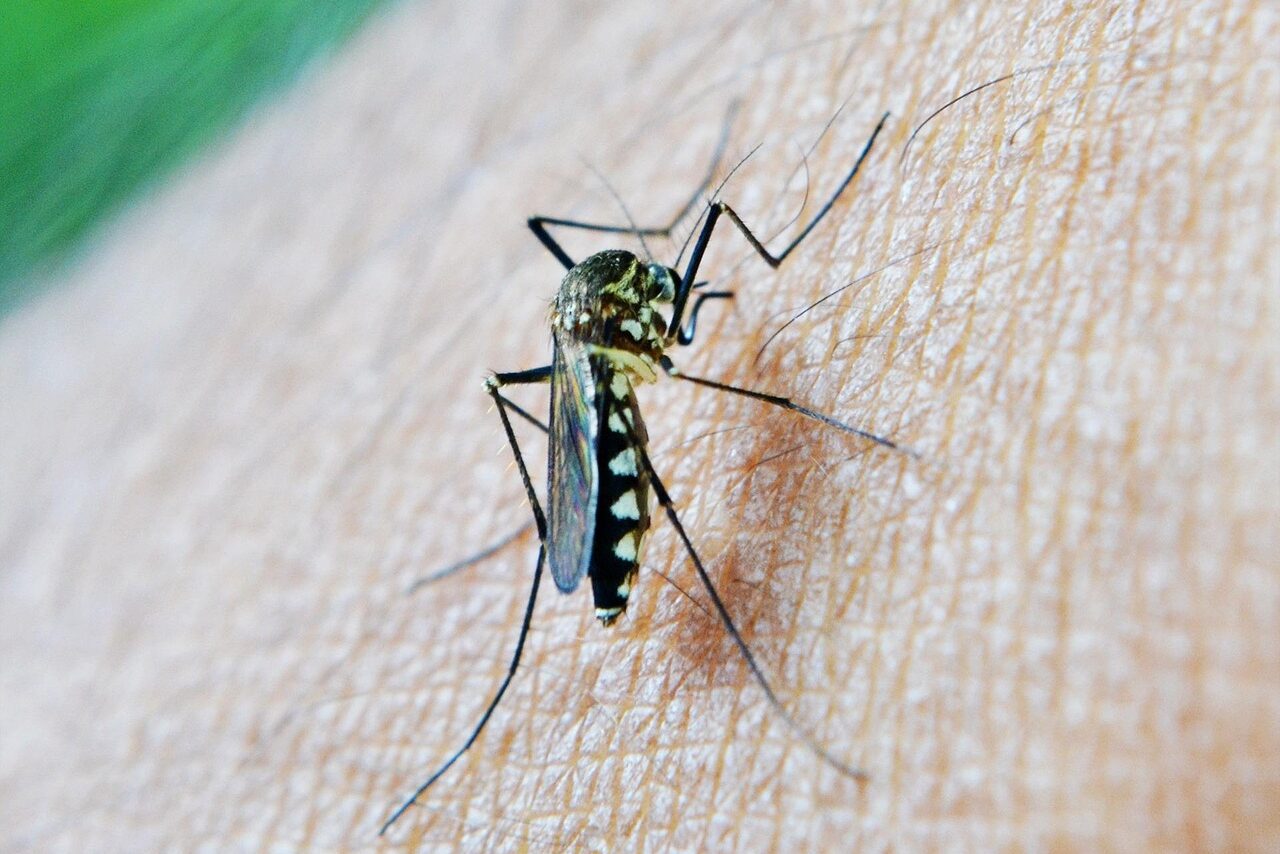
As we delve deeper into the realm of genetically engineered mosquitoes, we also enter a maze of ethical considerations. The power to genetically alter life forms and potentially wipe out an entire species is profound and fraught with moral implications. How do we decide which species should be controlled or eradicated? Who gets to make these decisions? These questions are at the heart of the debate surrounding the use of genetically engineered mosquitoes.
The discussions extend beyond scientific and environmental concerns to touch on issues of consent and autonomy. For instance, local communities must be involved in the decision-making processes, especially in areas where releases are planned. The narrative here might explore the tension between the urgency of disease control and the need for thorough ethical scrutiny. It’s a pioneering field, and each step forward is accompanied by a complex mix of hope, concern, and the quest to balance human advancement with respect for nature. This is not just about fighting diseases but about reshaping our ethical landscape in the age of biotechnology.
A Future Buzzing with Possibilities
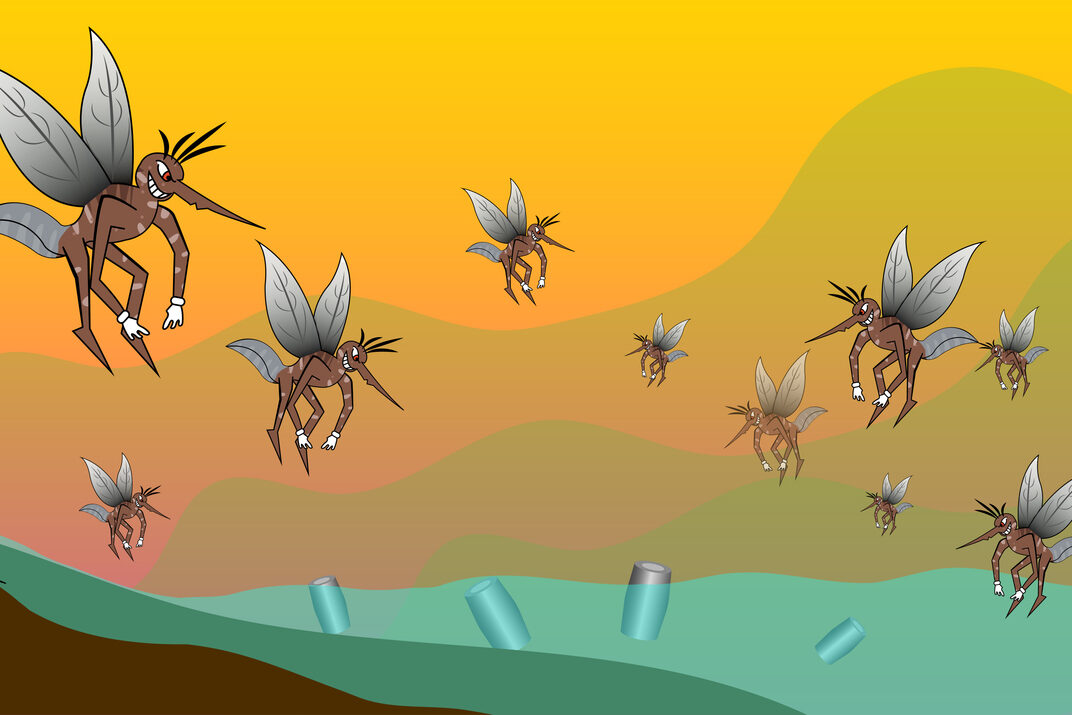
Looking ahead, the trajectory of genetically engineered mosquitoes is filled with potential. As research progresses, the technology could lead to more refined ways to manage not only mosquito populations but also other vectors and pests. Imagine a world where crop pests can be controlled without pesticides, or where other disease vectors like ticks are managed to reduce Lyme disease. The possibilities are vast and could lead to a new era of pest management that is more targeted and environmentally friendly.
The future buzzes with the promise of these technologies, but it also hums with caution. The development and deployment of genetically engineered mosquitoes are a test case for broader applications of genetic engineering in the wild. As we venture into this new frontier, the narrative is not just about the scientific achievements but also about our responsibility as stewards of the planet. It’s a story of innovation, intertwined with the imperative to proceed with careful consideration of the ethical and ecological impacts. As the world watches this scientific journey unfold, it’s a reminder of the power of human ingenuity and the importance of harnessing it with wisdom and foresight.
The Silent Sentinels of Disease Control
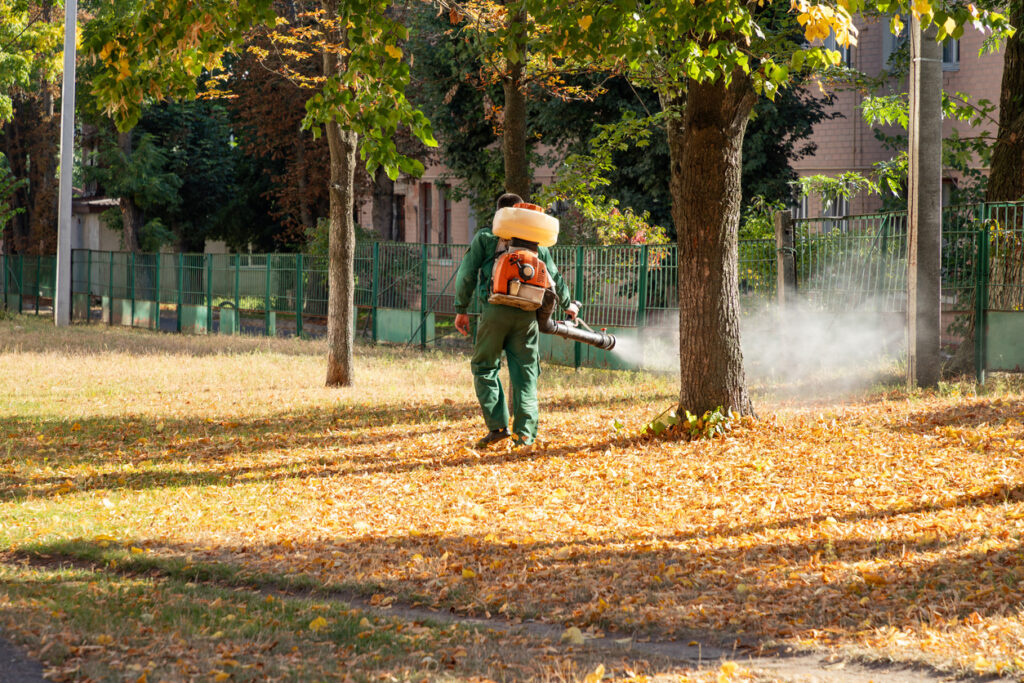
Imagine a future where outbreaks of deadly diseases like Zika and Dengue are mere footnotes in history books. This is the potential world that genetically engineered mosquitoes are paving the way towards. By specifically targeting the mosquito species that carry these diseases, scientists are deploying a biological form of disease control that could redefine public health strategies globally. These engineered insects act as silent sentinels, quietly infiltrating their own populations and ensuring that future generations are either non-viable or resistant to disease transmission.
This proactive approach is a shift from reactive health measures to a more strategic, preventive intervention. The impact is particularly significant in tropical areas where these diseases flourish and strain public health resources. Communities that once faced annual outbreaks causing widespread illness and death now experience a significant decrease in these devastating events. The sense of relief and newfound stability in these regions is profound, as families can focus on prosperity and development rather than survival. The narrative here ties into the global battle against infectious diseases and highlights a turning point where technology meets traditional health interventions in the fight for a healthier future.
Guardians of Genetic Integrity
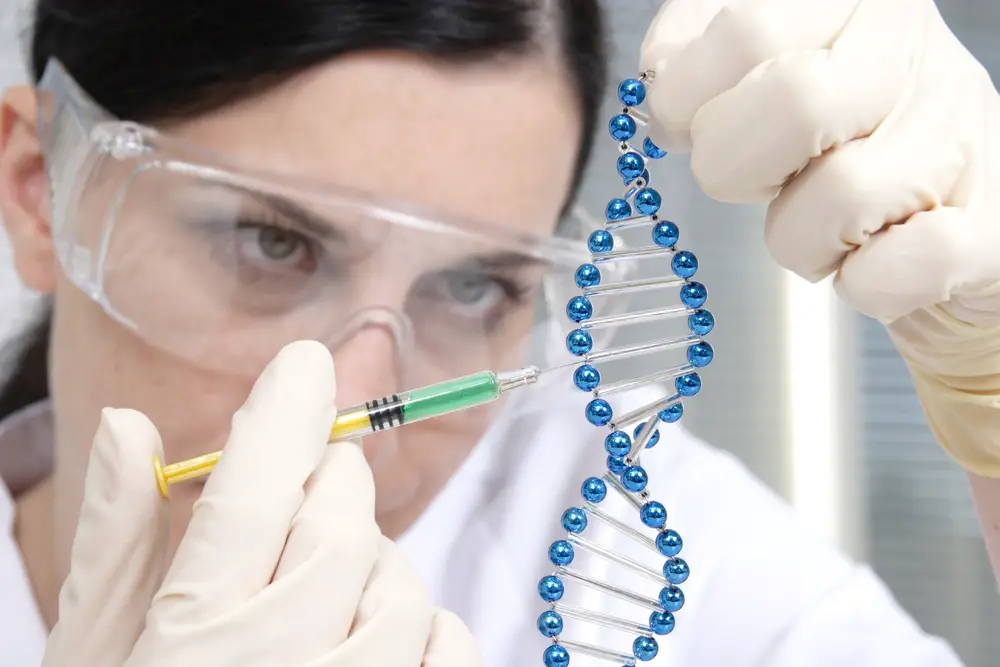
As we dive deeper into the genetic engineering of mosquitoes, we encounter the guardians of genetic integrity—scientists and ethicists dedicated to overseeing the responsible development and deployment of these technologies. This involves meticulous gene-editing protocols, rigorous testing phases, and continuous monitoring to ensure that the modifications do not have unintended consequences. The balance they must maintain is delicate: achieving effective disease control while safeguarding the genetic sanctity of the ecosystems into which these mosquitoes are released.
The dialogue among these professionals is characterized by both excitement and caution, reflecting the dual responsibility they bear. They are pioneers in a field that holds immense promise but also potential peril if not managed wisely. The emotional weight of their work is substantial, as each decision could have ripple effects lasting generations. This narrative thread explores the human side of the scientific endeavor, highlighting the dedication and moral diligence required to wield such powerful tools. Their work is a reminder that with great power comes great responsibility, and the future of genetic engineering relies as much on ethical considerations as it does on technological advancements.
A Legacy of Lessons and Leaps

Finally, the ongoing journey of genetically engineered mosquitoes teaches us valuable lessons about the intersection of science, ethics, and society. Each phase of research and each field trial contributes to a growing body of knowledge that informs not only mosquito control efforts but broader discussions about genetic engineering. As we reflect on this journey, we see a tapestry of technological leaps interwoven with careful ethical considerations, public dialogues, and regulatory frameworks that strive to keep pace with scientific innovation.
Looking forward, the legacy of this pioneering work extends beyond mosquitoes and disease control. It sets precedents for how we might tackle other pressing global challenges through genetic engineering, from food security to biodiversity conservation. The story of these engineered mosquitoes is not just about the changes they bring to ecosystems and health systems; it’s about the evolving relationship between humanity and technology. As we stand on the brink of potential new scientific epochs, the lessons learned from these tiny insects will undoubtedly illuminate paths forward, guiding us to use our capabilities wisely and compassionately in our continuous quest for a better world.


